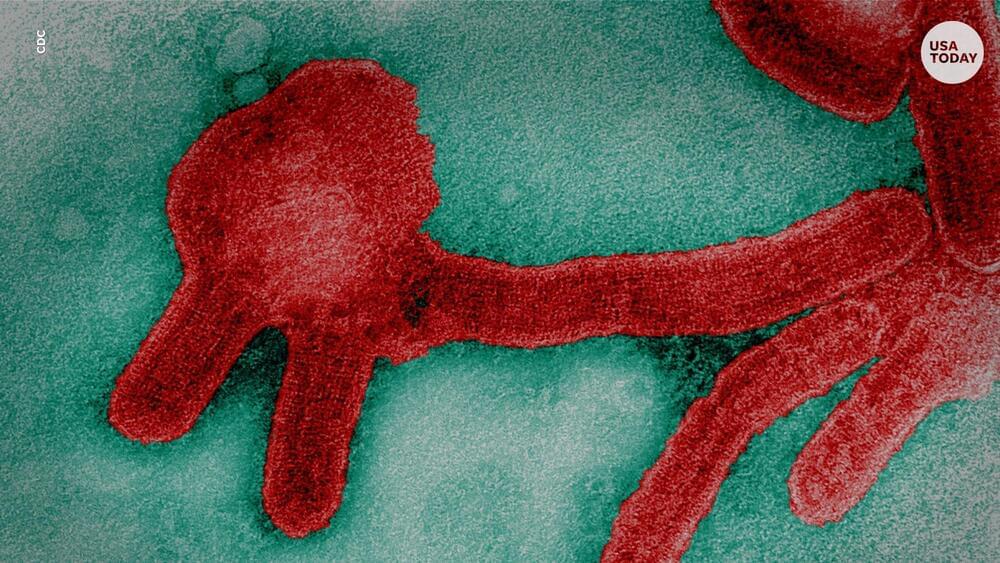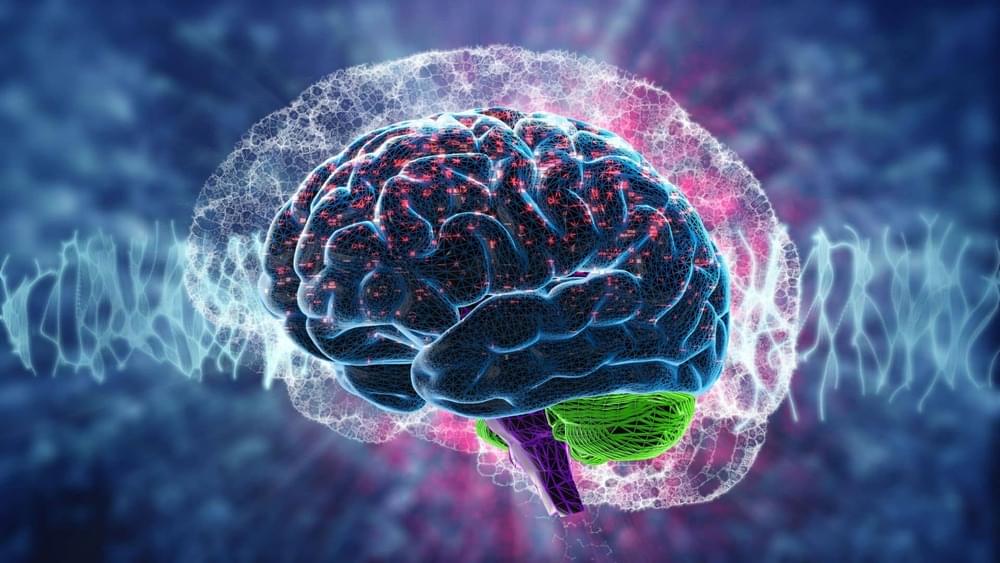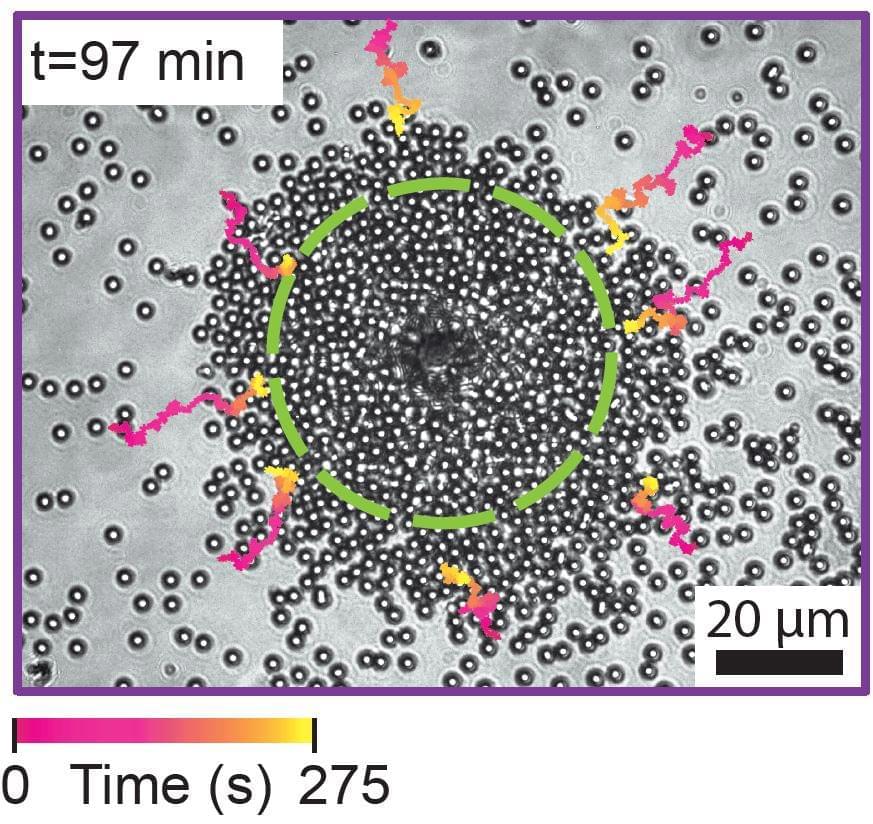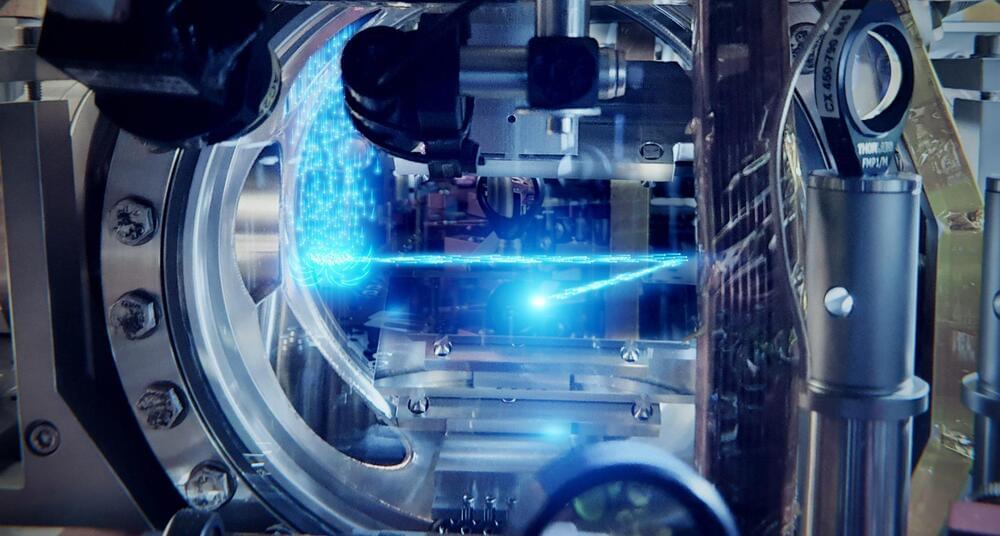The World Health Organization has confirmed two cases of the deadly Marburg virus disease in Ghana. Here’s what to know about the Ebola relative.



A carbon-neutral synthesis of kerosene, or jet fuel, has been produced by scientists, made by combining sunlight with water.
5% of human emissions are generated through kerosene use in aviation, which currently has no alternative for long haul jetting.
It consists of 169 sun-tracking reflective panels that redirect and concentrate solar radiation into a solar reactor on top of a tower built at IMDEA Energy Institute in Madrid back in 2017.

From Human to Artificial General Intelligence
Humans have an almost unbounded set of skills and knowledge, and quickly learn new information without needing to be re-engineered to do so. It is conceivable that an AGI can be built using an approach that is fundamentally different from human intelligence. However, as three longtime researchers in AI and cognitive science, our approach is to draw inspiration and insights from the structure of the human mind. We are working toward AGI by trying to better understand the human mind, and better understand the human mind by working toward AGI.
From research in neuroscience, cognitive science, and psychology, we know that the human brain is neither a huge homogeneous set of neurons nor a massive set of task-specific programs that each solves a single problem. Instead, it is a set of regions with different properties that support the basic cognitive capabilities that together form the human mind.

We think of data storage as a modern problem, but even ancient civilizations kept records. While much of the world used stone tablets or other media that didn’t survive the centuries, the Incas used something called quipu which encoded numeric data in strings using knots. Now the ancient system of recording numbers has inspired a new way to encode qubits in a quantum computer.
With quipu, knots in a string represent a number. By analogy, a conventional qubit would be as if you used a string to form a 0 or 1 shape on a tabletop. A breeze or other “noise” would easily disturb your equation. But knots stay tied even if you pick the strings up and move them around. The new qubits are the same, encoding data in the topology of the material.
In practice, Quantinuum’s H1 processor uses 10 ytterbium ions trapped by lasers pulsing in a Fibonacci sequence. If you consider a conventional qubit to be a one-dimensional affair — the qubit’s state — this new system acts like a two-dimensional system, where the second dimension is time. This is easier to construct than conventional 2D quantum structures but offers at least some of the same inherent error resilience.

Throughout life, cells of the body acquire somatic mutations. In frozen post-mortem human brains, researchers from Yale University have found that somatic, or non-inherited, mutations are considerably more likely to accumulate in roughly 6% of brains, and these “hypermutable” brains are typically 40 years of age or older.
The behavior, comparable to clonal hematopoiesis in the bone marrow that can result in blood cancer in elderly people, is attributed to cell lines with mutations that outcompete other cell lines.
This is the first large-scale study of somatic mutations in human brains. Scientists were not expecting to find this hypermutability in older populations.

Four billion years ago, the Earth looked very different than it does today, devoid of life and covered by a vast ocean. Over the course of millions of years, in that primordial soup, life emerged. Researchers have long theorized how molecules came together to spark this transition. Now, scientists at Scripps Research have discovered a new set of chemical reactions that use cyanide, ammonia and carbon dioxide—all thought to be common on the early earth—to generate amino acids and nucleic acids, the building blocks of proteins and DNA.
“We’ve come up with a new paradigm to explain this shift from prebiotic to biotic chemistry,” says Ramanarayanan Krishnamurthy, Ph.D., an associate professor of chemistry at Scripps Research, and lead author of the new paper, published July 28, 2022 in the journal Nature Chemistry. “We think the kind of reactions we’ve described are probably what could have happened on early earth.”
In addition to giving researchers insight into the chemistry of the early earth, the newly discovered chemical reactions are also useful in certain manufacturing processes, such as the generation of custom labeled biomolecules from inexpensive starting materials.

Self-organizing lasers could lead to new materials for sensing, computing, light sources, and displays by mimicking features of living systems.
Although many artificial materials have advanced properties, they have a long way to go to combine the versatility and functionality of living materials that can adapt to their situation. For example, in the human body bone and muscle continuously reorganize their structure and composition to better sustain changing weight and level of activity.
Now, scientists have demonstrated the first spontaneously self-organizing laser device, which can reconfigure when conditions change.

These days, imagining our everyday life without lasers is difficult. Lasers are used in printers, CD players, measuring devices, pointers, and so on.
What makes lasers so special is that they use coherent waves of light: all the light inside a laser vibrates completely in sync. Meanwhile, quantum mechanics tells us that particles like atoms should also be thought of as waves. As a result, we can build ‘atom.
An atom is the smallest component of an element. It is made up of protons and neutrons within the nucleus, and electrons circling the nucleus.

Would you like a warning before the world ends?
Well, it’s now possible. Extraluminal is an Internet of Things (IoT) device that will notify you an hour before the Earth is about to be destroyed by a supernova.
A supernova refers to “the cataclysmic explosion of a massive star at the end of its life. It can emit more energy in a few seconds than our sun will radiate in its lifetime of billions of years.”
Two massive asteroids, the size of a 40-story building are approaching our planet this weekend and are expected to fly past Earth safely.